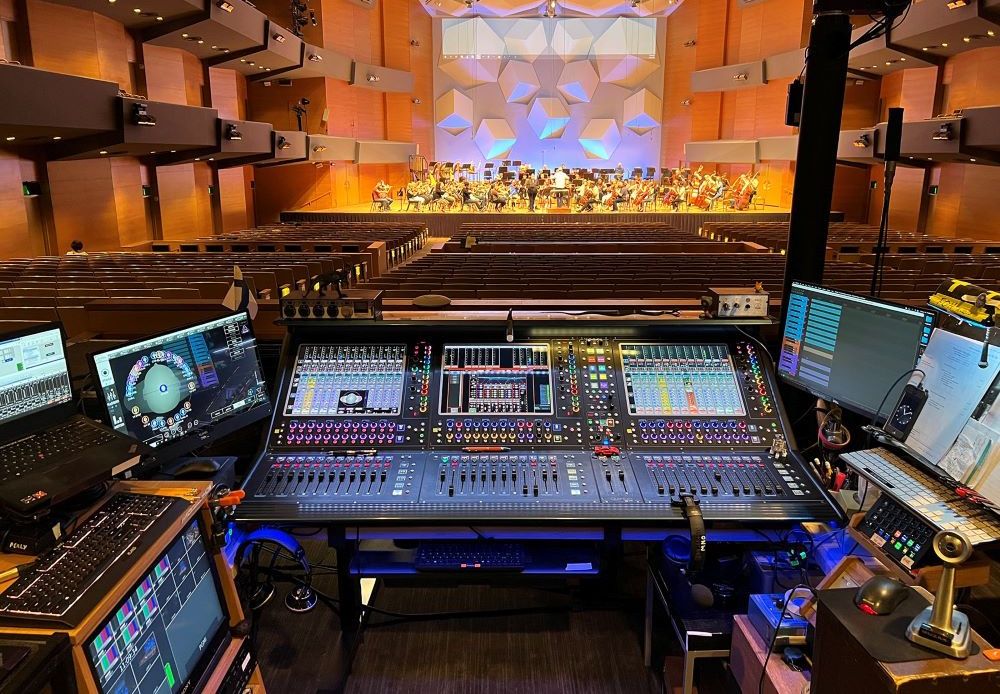Utilizing the KLANG:technologies immersive platform developed to allow musicians on stage to naturally hear themselves through their in-ear monitors in three-dimensional soundstage, the Minnesota Orchestra’s audio team has now extended that experience to anyone with earbuds or headphones when tuning into the organization’s digital concert hall or social media channels to hear livestream/online performances.
“We did this the first time in September of 2020 as a proof of concept of spatial audio for the digital audiences, and we could see that it was something special,” says Minnesota Orchestra head audio engineer Jay Perlman. “KLANG’s immersive processors were originally designed for musicians that wear in-ear monitors to give them a sense of location on stage, and derives its 3D imaging by encoding binaural processing directly to the stereo signal. We are using it differently to give audiences an immersive experience instead.”
Perlman sets up the immersive mix perspective on the venue’s DiGiCo Quantum338 front-of-house console using its virtual soundcheck feature, recording to Reaper multitrack software, and rehearsing along with the orchestra three times during the week before each performance, which offers him the opportunity to fine-tune the mix and placement of instruments in an immersive panorama. Listeners online and on social media hear a stereo image of the orchestra and the hall, but those with earbuds and headphones can access the immersive spectrum.
“Having everything integrated into a single platform — the Quantum338, DMI-KLANG card, and Reaper software — makes this process so much easier and streamlined, so that literally one person can do all of it,” says Perlman, who mixes over his own JH Audio earbuds. “The trick is to have a great basic stereo mix that will sound good on the radio, TV, or a phone, but with the KLANG binaural processing encoded with it, so it’s transparent for any device. However, with earbuds, it’s an entirely different experience. The KLANG processing digitizes the reflections you’d experience physically in the venue and reproduces them in your ears. It’s a very dramatic effect.”
Minnesota Orchestra technical director Joel Mooney says the unique application of the DMI-KLANG system was intentional from the very start. “We had made a major purchase from DiGiCo, in the form of the Quantum338 console and related items, and the folks at DiGiCo brought up the KLANG system as a monitoring solution, but we saw this unique potential for it immediately. Orchestral music is a great fit for immersive sound and KLANG is a great way to achieve it for our online audience.”
Mooney adds the implementation of the KLANG system was simple and straightforward, and that any experienced front-of-house and broadcast mixer can become quickly accustomed to the immersive mix. “The only real difference is the panning, which is 360 and above and below,” he says.
Perlman notes that the listener response has been positive: “The KLANG technology is taking something that’s already special and making it even more so,” he says. “As you can tell in how we applied the DMI-KLANG processor to the streaming broadcasts, we like to take chances and experiment, and in this case, it created something truly remarkable.”




















